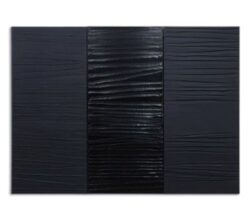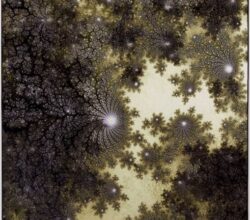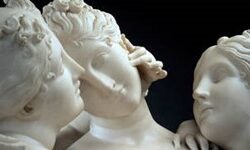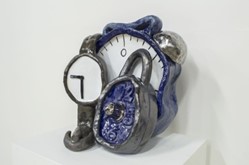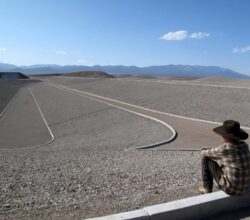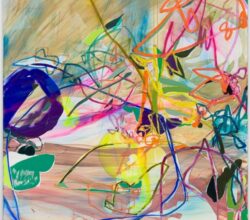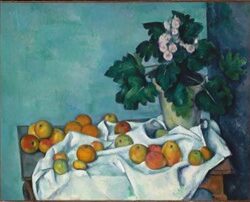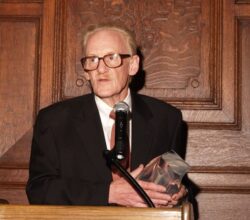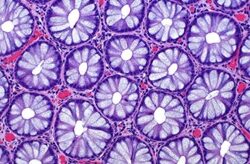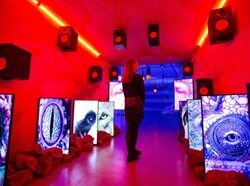
Inside Deana Lawson’s first museum survey at MoMA PS1
Cassidy George | W Magazine | 26th May 2022
Since Lawson’s photography entered the MoMA collection a decade ago, the accolades have kept coming. Curators remark on her “singular” vision of Black culture and identity and an ability to “find glamour in the quotidian”. Her images, all carefully staged, have become more “theatrical” over time. Perhaps theatrical means more intricate. One critic notes “they’re images that make you think, lean in, and look. In that way, they’re not easy images.” Images are here.

